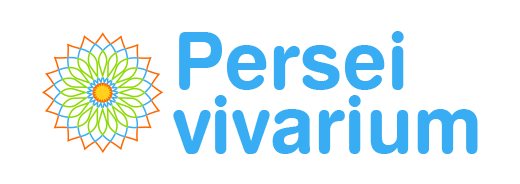Participatory Medicine: What it is and how it is improving health outcomes
by Tarek Milla, March 10, 2022

Participatory Medicine marks the beginning of very real changes in the way healthcare is provided now. For a long time, most interactions between the doctor and the patient have been largely directed by the doctor. Now, this focus is changing towards a Participatory Medicine in which the patient plays a much more active role in the process of care. In this way, “Participatory medicine is about population involvement in decisions that affect their health”, as stated in the report “Participation as a driver of health equity,” published by the World Health Organization (WHO).
With this approach, patients are encouraged to participate actively in as many aspects of their healthcare as possible. According to Society for Participatory Medicine, this can be seen in the so-called e-patients, or “individuals who are equipped, enabled, empowered, and engaged in their health and health care decisions”.
In order for participatory medicine to work, patients receive guidance, tools, information, and data that enable them to be active participants in their care, and to work effectively with healthcare professionals to determine the care that they receive. Technology has a very important role to perform in providing that participation, as it enables the patients—or e-patients—to provide their own data throughout their illness, contributing a real perspective about their health and quality of life, and to participate in decision-making, for example choice of treatment.
This is becoming more feasible, as the devices for remote monitoring and the technology that supports this concept are beginning to be available routinely, making it possible to gather PROMs and PREMs directly from the patient, complementing the clinical information and facilitating decision-making on the basis of the data reported by the patient.
In this way, the reliance on the participation of the patient and his or her experience is already demonstrating a positive impact on health outcomes, adherence to medication and treatments, the appropriate use of resources and cost of health care, and the technical quality of the delivery of care. This is pointed out in the article, “A systematic review of evidence on the links between patient experience and clinical safety and effectiveness”, which demonstrated a direct correlation between the patient’s experience, safety, and clinical quality.
For all these reasons, at Persei vivarium we rely upon Caaring®, our remote-monitoring platform that enables the patient to be involved in the management of his or her disease, providing data regarding symptoms, adverse events, and quality of life, among other information. These data are shared, in turn, with the healthcare professionals for their follow-up and decision-making, enabling them to adapt the care and treatments based on the data reported by the patient.
With this evidence, one can be assured that the shared decision-making, through participatory medicine, improves health outcomes and the general satisfaction of healthcare professionals and patients, evolving toward a more personalized system in which the participation of the patients is now, and increasingly, a key element.
#ParticipatoryMedicine #MedicinaParticipativa #PatientExperience
Share

Tarek Milla
Business Development
Persei vivarium

